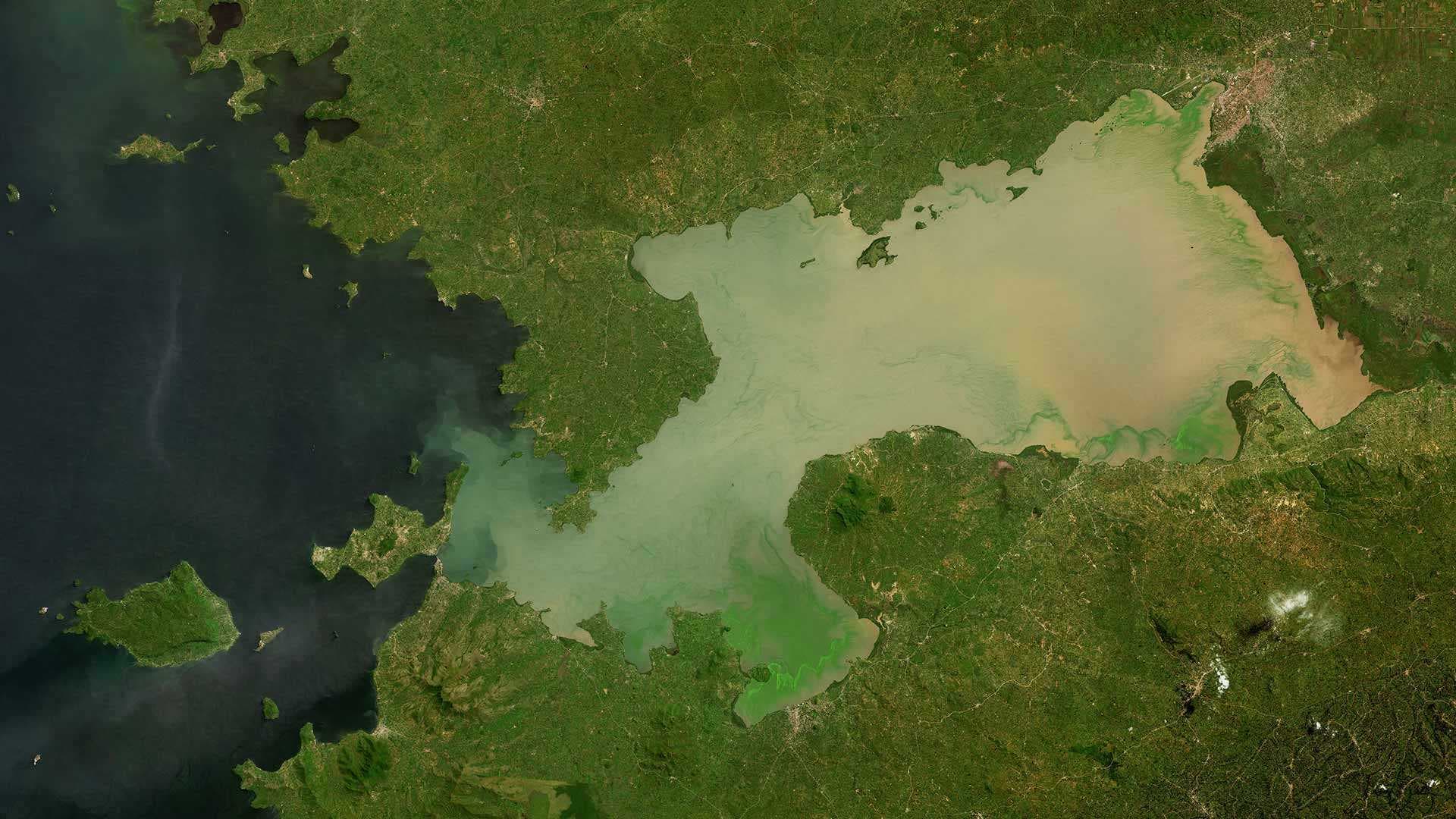Major droughts and pluvials—periods of excessive precipitation and water storage on land—have been occurring more often over the past decade, a UMD and NASA study finds.
From 2015-21, seven of the nine warmest years in the modern record occurred and the frequency of extreme wet and dry events was four per year, compared with three per year in the previous 13 years. Warmer air causes more moisture to evaporate from Earth’s surface during dry events; warm air can also hold more moisture to fuel severe snowfall and rainfall events.
The study was led by Bailing Li, an assistant research scientist at UMD’s Earth System Science Interdisciplinary Center, and Matt Rodell, a hydrologist at NASA’s Goddard Space Flight Center.
“Global warming has had broad and profound impacts on terrestrial water storage, such as reduction of annual snow in high elevations and depletion of groundwater by people when surface waters are scarce,” Li added. “Reflecting these changes, GRACE data provide us a unique perspective of how hydrological extremes have been changing around the world.”
The researchers investigated 20 years of satellite data from NASA’s GRACE and GRACE Follow-On (FO) missions.The data measures anomalies in Earth’s gravity field, to identify extreme wet and dry events
In their study, Rodell and Li applied an “intensity” metric that accounts for the severity, duration and spatial extent of droughts and extreme wet events. They found the global total intensity of extreme events increased from 2002 to 2021 as Earth’s temperatures rose simultaneously.
The most intense event identified in the study was a pluvial that began in 2019 in central Africa and is still ongoing. This caused the level of Lake Victoria to rise by more than one meter.
A 2015-16 drought in Brazil was the most intense dry event of the past two decades, leading to empty reservoirs and water rationing across some Brazilian cities.

